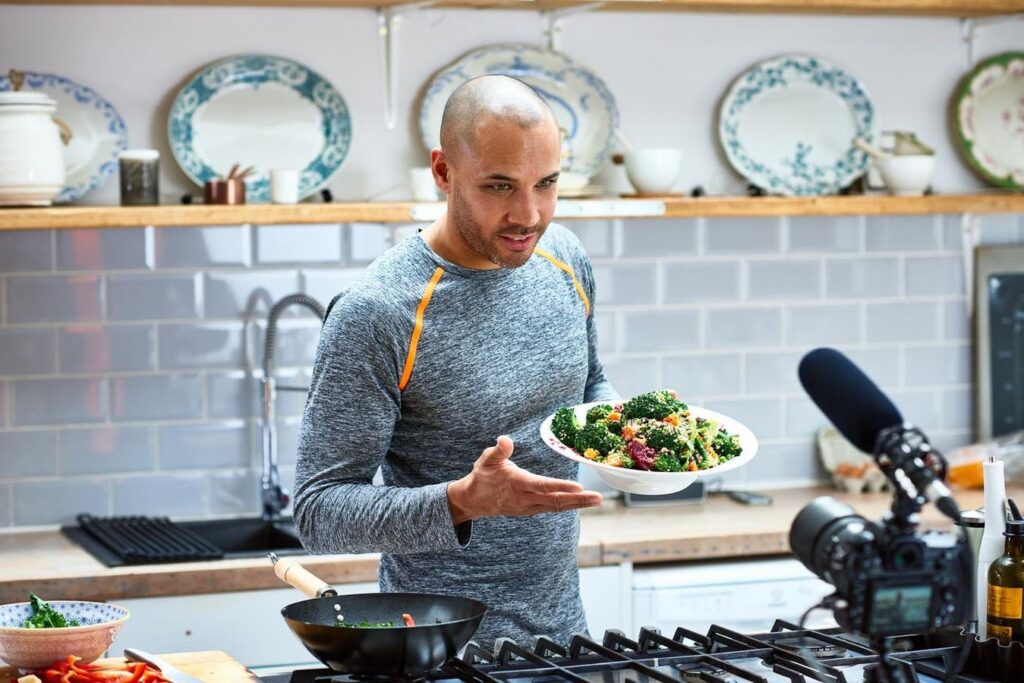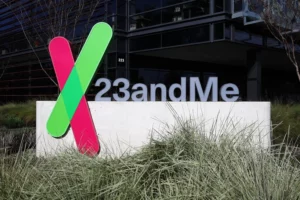
How to Market with Recipe Content Creators
As a co-founder and Chief Customer Officer at Jupiter.co, a creator-driven CPG marketing and recipe shopping platform, I’ve had the opportunity to work with over 50 top Consumer Packaged Goods (CPG) brands who have spent millions of dollars on social media recipe influencer partnerships. This experience has provided valuable insights into what works and what doesn’t when it comes to successfully partnering with these influencers.
First and foremost, identifying the correct creator is crucial for a successful partnership. Top-performing CPGs have a specific target audience they want to reach via a particular influencer. To achieve this, the following criteria are essential:
* Location of the Influencers’ Followers: Brands should seek out influencers whose followers are largely concentrated in regions where the brand has a strong presence. For instance, a brand with a significant footprint on the East Coast should specifically target influencers whose audience is primarily based in that region.
User Attributes: CPGs must have a deep understanding of their target audience and find influencers who align well with those attributes.
It’s essential for brand marketers to trust the influencer and resist the urge to over-orchestrate content featuring their product. Social media platforms like Instagram often choose content that gains strong initial traction to showcase to a broader audience. This increased exposure can significantly boost viewership. Therefore, CPGs must trust recipe influencers to follow their own creative approach.
The Rule of Seven
In marketing, it’s well-known that the rule of seven dictates that a potential customer must see a product at least seven times before making a purchase decision. While seeing a product endorsed by an influencer is a crucial touchpoint, CPGs can use various techniques to maintain contact with potential customers and guide them further along the sales funnel.
To achieve this, brands can:
* Enroll influencers in a loyalty program: Brands can ask influencers to share links through Instagram Stories, include a link in their bio or use automated comment replies to direct users to a website and encourage them to join a loyalty program.
* Retargeting using Meta Pixel: When users visit these pages, they are tracked via Meta Pixel, which can be used to run retargeting campaigns and move customers further down the funnel.
* Boosting posts or ads: CPGs can also purchase a license to whitelist a high-performing campaign and use it in boosted posts or ads. This combination of awareness and lead-gen paid social campaigns on Meta can generate cost-effective awareness and leads for brands.
* Shoppable Recipes: Shoppable recipes, paired with checkout integrations like those available through Instacart, offer CPGs an opportunity to drive commerce engagements and increase social media visibility. Platforms like my company provide a streamlined connection between recipe inspiration and purchase, making it easier for users to explore and quickly create recipes of interest.
* Blogs: While blogs are becoming less popular among recipe influencers, those who maintain blogs can further amplify the impact of their recipe content by featuring the product on their blog and including it in the shoppable ingredient list.
By selecting the right recipe influencer, trusting their creative process, and using these tools to amplify awareness generated by the influencer’s content, a CPG brand can achieve both top-of-funnel brand awareness and bottom-of-funnel sales through its partnership with food content influencers.
Source: www.forbes.com


